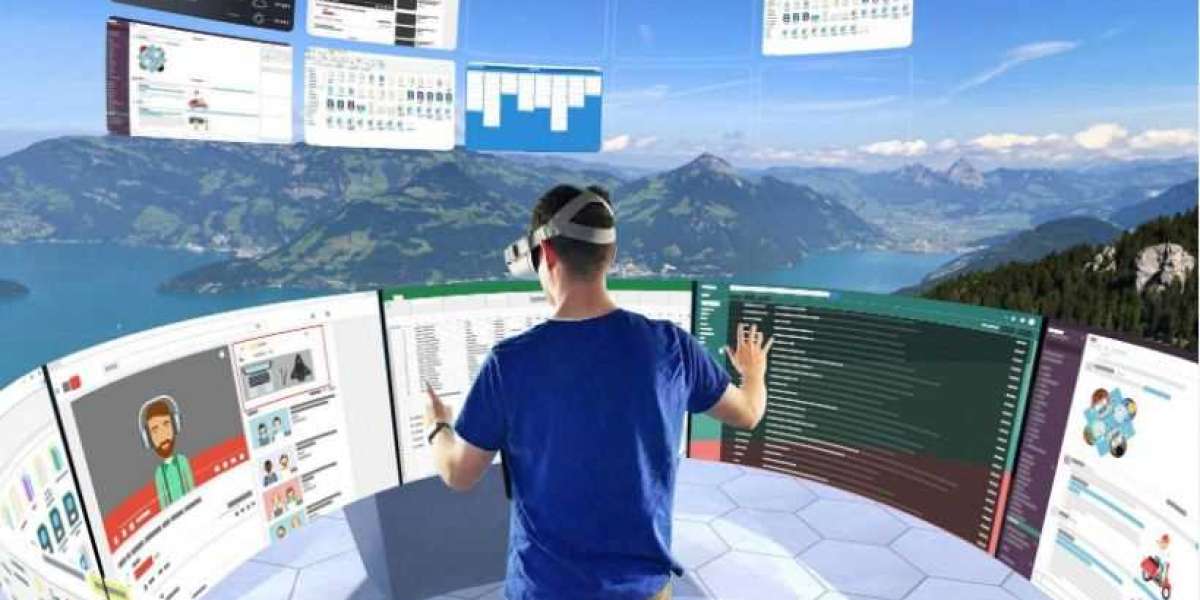Virtual Reality (VR) has come a long way since its inception. It is the use of computer technology to create a simulated environment that mimics a real-life experience. The concept of VR has been around for several decades, and it has evolved significantly over time. This article will explore the history of virtual reality, starting from its early days to its current state.
Early Beginnings of VR
The concept of VR can be traced back to the 1950s, when the first flight simulator was created. The simulator was used to train pilots and simulate real-life flight scenarios. In the 1960s, Ivan Sutherland, a computer scientist, created the first VR head-mounted display (HMD) called the “Sword of Damocles”. It was a massive device that was suspended from the ceiling, and users had to wear it on their heads. This invention was the first step towards creating a fully immersive VR experience.
The 1980s and 1990s - The Emergence of VR
In the 1980s and 1990s, several companies started working on VR technology. Jaron Lanier, a computer scientist, coined the term "virtual reality" in the mid-1980s. In 1985, Nintendo launched its first VR product called the Virtual Boy, which was a 3D gaming console. However, it was not successful due to its high price and limited gameplay.
In the early 1990s, several other companies such as Sega, Atari, and Virtuality started producing VR arcade games. These games used HMDs, gloves, and joysticks to provide an immersive gaming experience. However, the technology was still in its early stages, and the games were often glitchy and had low-quality graphics.
The Modern Era of VR
In the late 2000s, several breakthroughs were made in VR technology. The Oculus Rift, created by Palmer Luckey, was one such breakthrough. Luckey launched a Kickstarter campaign in 2012, and the product received massive funding from investors. The Oculus Rift was released in 2016, and it revolutionized the VR industry. It was the first affordable VR headset that offered high-quality graphics and a fully immersive experience.
Since then, several other companies such as HTC, Sony, and Samsung have entered the VR market. These companies have launched their own VR headsets, which have improved significantly in terms of graphics quality, performance, and affordability.
Applications of VR
VR technology has a wide range of applications. It is used in gaming, education, healthcare, and even in military training. In the gaming industry, VR has enabled players to experience a fully immersive gaming environment. In education, VR is used to provide interactive and engaging learning experiences. In healthcare, VR is used for therapy and pain management. It is also used in military training to simulate combat scenarios.
Conclusion
Virtual Reality technology has come a long way since its inception. From the early days of flight simulators to the modern era of fully immersive VR headsets, the technology has evolved significantly. VR technology has a wide range of applications and is expected to grow further in the future. With the increasing affordability and availability of VR headsets, it is likely that more industries will adopt this technology to enhance their offerings.







